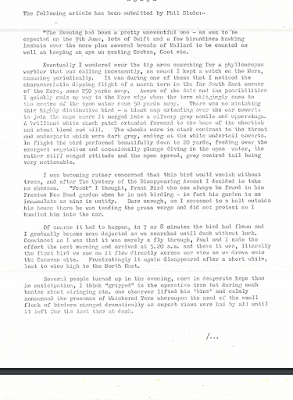When extreme feminism, faux outrage and the ensuing kowtowing to such stupidity infects the everyday common sense world of birding, we know the world has gone truly mad.
This apparently true story is from The Daily Telegraph of 5th February 2019. I really don’t know whether to laugh out loud at the crass foolishness or to cry with anger.
“The RSPB has condemned one of its former officers after he gave a “sexist” bird watching talk that compared sparrows to female prostitutes.
Ex-Tamworth RSPB officer Chris Edwards was accused of “everyday sexism” after he gave a talk in Birmingham on January 26, organised to coincide with the annual Big Garden Birdwatch.
At the free event to around 60 people, Mr Edwards is reported as saying of mating sparrows ,“the female does the equivalent of going out on the street corner, calling to attract a male, mating, sending the male off to get food, and then heading back to the street corner”.
Dunnock
One audience member was so disgusted she walked out in protest and the RSPB has since expressed its shock at the “inappropriate comments”.
Ann Kiceluk, the RSPB's people director, said she was surprised by the former visitor and promotion officer’s remarks.
"We are shocked to hear reports of inappropriate language being used at an event that should be celebrating everyone coming together for the Big Garden Birdwatch,” she said.
“This is not acceptable. There is no place for derogatory or offensive language on our reserves, in our workplaces or at our events.”
Writing on her blog, one birdwatcher, Lorna Prescott said she felt “physically sick” at the language used by Mr Edwards, who used to work at RSPB reserve Middleton Lakes in Tamworth, Warwickshire.
Ms Prescott, a senior development officer for Dudley Council for Voluntary Service said: “The way Chris described [sparrow mating] made me feel physically sick, I couldn't actually believe I was giving time and attention to a person who would say and do this."
Ms Prescott added that she was shocked by Mr Edwards’ added emphasis on the breeding behaviour of the hedge sparrow, commonly called a Dunnock, during the talk organised by Moor Pool Wildlife Group.
“Just in case he hadn't quite driven home this slur on women, he had a slide to accompany his pronouncement that he doesn't call it a Dunnock, he calls it a trollop,” she wrote.
“I'm not sure how many other women in the room felt uncomfortable.”
Dunnock
Although it did not organise or support the talk at Grade II listed Moor Pool Hall in Birmingham, the RSPB reiterated its commitment to inclusion following complaints about the event.
Ms Kiceluk added: "We did not know about the event and Mr Edwards was not representing the RSPB. “We believe that everyone has the right to enjoy our natural world and amazing wildlife. The RSPB has an important role to play in providing spaces and events that are open and welcoming to all, we take our commitment to equality, diversity and inclusion very seriously.”
But for people interested in birds rather than making nonsensical political gestures here’s a link to an article that correctly describes the complicated sex-life of the much loved Dunnock.
Dunnocks
Give it a read and find yourself amazed and intrigued rather than outraged.
Linking this post to Anni's Birding and Viewing Nature with Eileen..











































.JPG)







.jpg)












